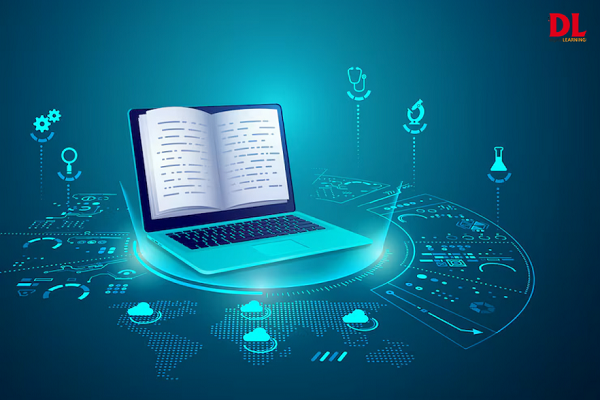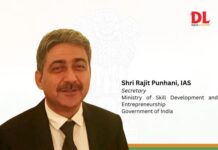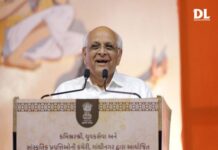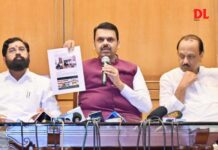
Learning is dramatically shifting in India, fueled by the power of Information and Communication Technology (ICT) and online platforms. This digital revolution holds immense promise for a vast and diverse student population. It can make education more accessible, engaging, and effective for everyone.
The government’s PM e-VIDYA initiative, under the Atmanirbhar Bharat Abhiyaan, brings together various online, on-air, and digital education efforts. This ensures all students, regardless of background, have access to quality education through multiple channels. The National Digital Education Architecture (NDEAR) also creates a unified national infrastructure to energise and streamline the educational ecosystem.
DIKSHA, the national platform for sharing quality e-content, is central to improving learning outcomes. It provides access to QR-coded digital textbooks for all grades on a single platform. Data shows impressive usage, with over 524 crore learning sessions, 6,125 crore learning minutes, and 2.2 crore daily page hits.
Other initiatives include:
- National Digital Library of India (NDLI) and ePathshala Provide a vast repository of digital learning materials for teachers and students.
- Samagra Shiksha Scheme: Offers financial assistance for establishing ICT labs and smart classrooms in government and aided schools (grades 6-12).
- Digitally Accessible Information System (DAISY): Promotes inclusive education by providing specialised e-content for visually and hearing-impaired students, ensuring all 25 crore school children can access tailored learning resources.
SWAYAM, a national MOOC platform, offers free online courses across various subjects, from engineering to humanities. It focuses on inclusivity, allowing students from any location or background to access high-quality educational resources developed by prestigious Indian universities. Notably, SWAYAM enables credit transfer for higher education courses and offers school courses from 9th to 12th.
ICT integration goes beyond online platforms. Initiatives like virtual labs and skilling e-labs equip students with critical thinking skills and creativity. PM eVidya DTH TV channels provide nationwide training for teachers. Expanding DTH channels, radio, community radio, and the CBSE Podcast Shiksha Vani ensures supplementary education in various Indian languages for classes 1-12. As of 2022, 12 DTH channels for school education and 22 SWAYAM PRABHA channels for higher education are already operational.
India’s digital education revolution goes beyond changing teaching methods. It’s a societal shift towards equal access to high-quality education. Collaboration between policymakers, educators, and technology providers is key to bridging the remaining gaps. This will ensure affordable devices and internet access for all, especially underserved populations. By prioritising equity, accessibility, and quality, India can unlock the full potential of its learners in the digital age.



















